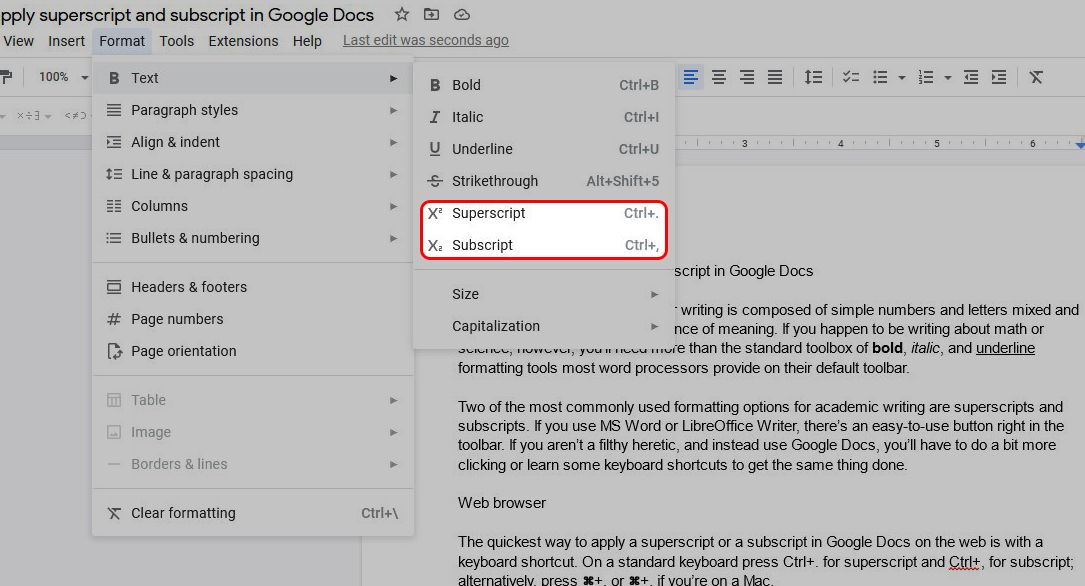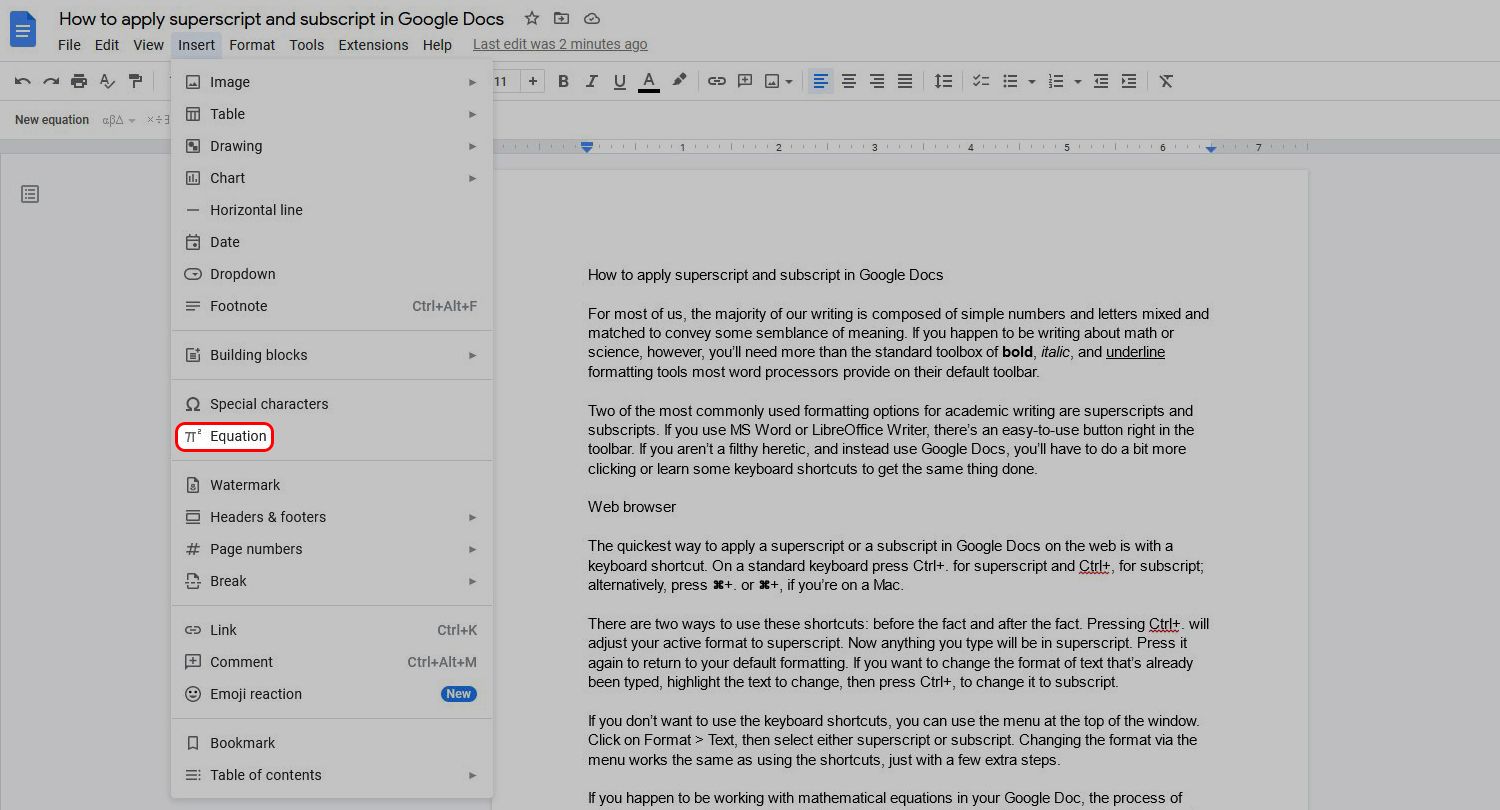Our daily writing comprises numbers and letters with some formatting like bold and italics. You'll need more than letters and numbers when writing a scientific or academic paper. Superscripts typically occur in mathematical equations and formulae. This type of formatting appears as a small font above the regular text. Subscripts appear slightly below the word. They usually turn up in chemical equations.
Like most word processors, Google Docs lets you apply superscripts or subscripts. Whether you use an Android phone or one of the best Chromebooks, we show you how to use these formatting options on most devices.
Google Docs: keyboard shortcuts for applying sub- or superscript to a document
A keyboard shortcut is the quickest way to apply a superscript or a subscript in Google Docs in the browser app.
- On a PC or Chromebook, press Ctrl + . (Control and period) for a superscript and Ctrl + , (Control and comma) for a subscript.
- If you're on a Mac, press ⌘ + . (Command and period) for superscript and ⌘ + , (Command and comma) for subscript.
There are two ways to use these shortcuts: before and after the fact. Pressing Ctrl + . changes your active format to superscript. Anything you type after that is in superscript. Press it again to return to your default formatting. If you want to change the format, highlight it and press Ctrl + , to change it to subscript.
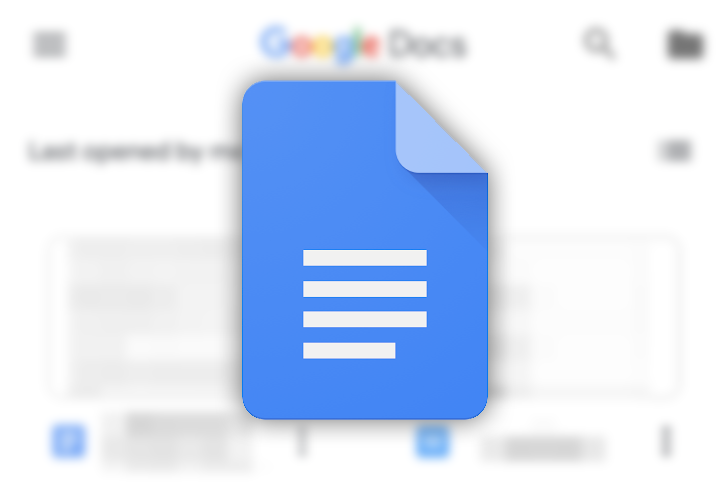
Google Docs tips and tricks: Make the most of the Microsoft Word alternative
Show your boss who's the bossHow to use the Google Docs ribbon menu to apply super- and subscripts
If you don't want to use the keyboard shortcuts, use the ribbon menu at the top of the window.
- Click Format from the menu at the top of the screen.
- Hover over Text from the drop-down menu.
-
Select superscript or subscript.
To return to your default text style, select the format again from the drop-down menu. Using the menu to change it involves a few extra steps but works the same as using shortcuts.
Applying subscripts and superscripts to mathematical equations
If you work with mathematical equations in Google Docs, getting a superscript or a subscript is slightly different.
- Click Insert from the top menu.
-
Select Equation from the drop-down menu.
- Press Shift + 6 to input a superscript character, or press Shift + - to input a subscript character.
Unlike working with text formatting, you must select equation formatting before you input the characters. After inputting superscript or subscript, press Enter to return to regular formatting.
Working with equations can be a hassle because of the many shortcuts and hotkeys needed to format everything correctly. If you frequently work with advanced equations, make your life easier with an add-on like MathType.
Apply a subscript or superscript using the Android or iOS mobile app
The process is a little different if you use Google Docs on your smartphone.
We use an Android phone for this tutorial. The process is the same for iPhone and iPad users.
- Highlight the text you want to make superscript or subscript.
- Tap the Format button at the top of the screen.
- Verify whether you're on the Text tab.
-
Select the button for the formatting option you need.
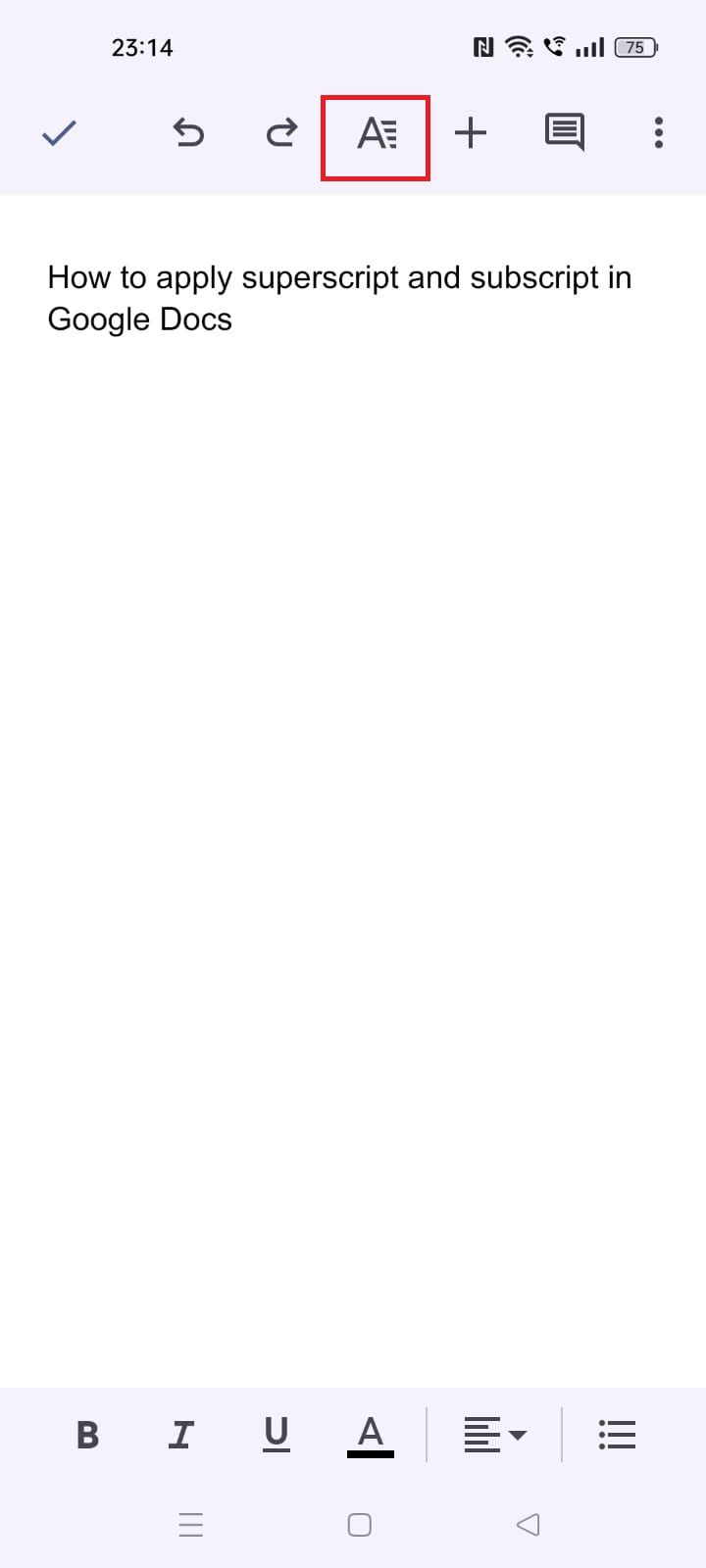
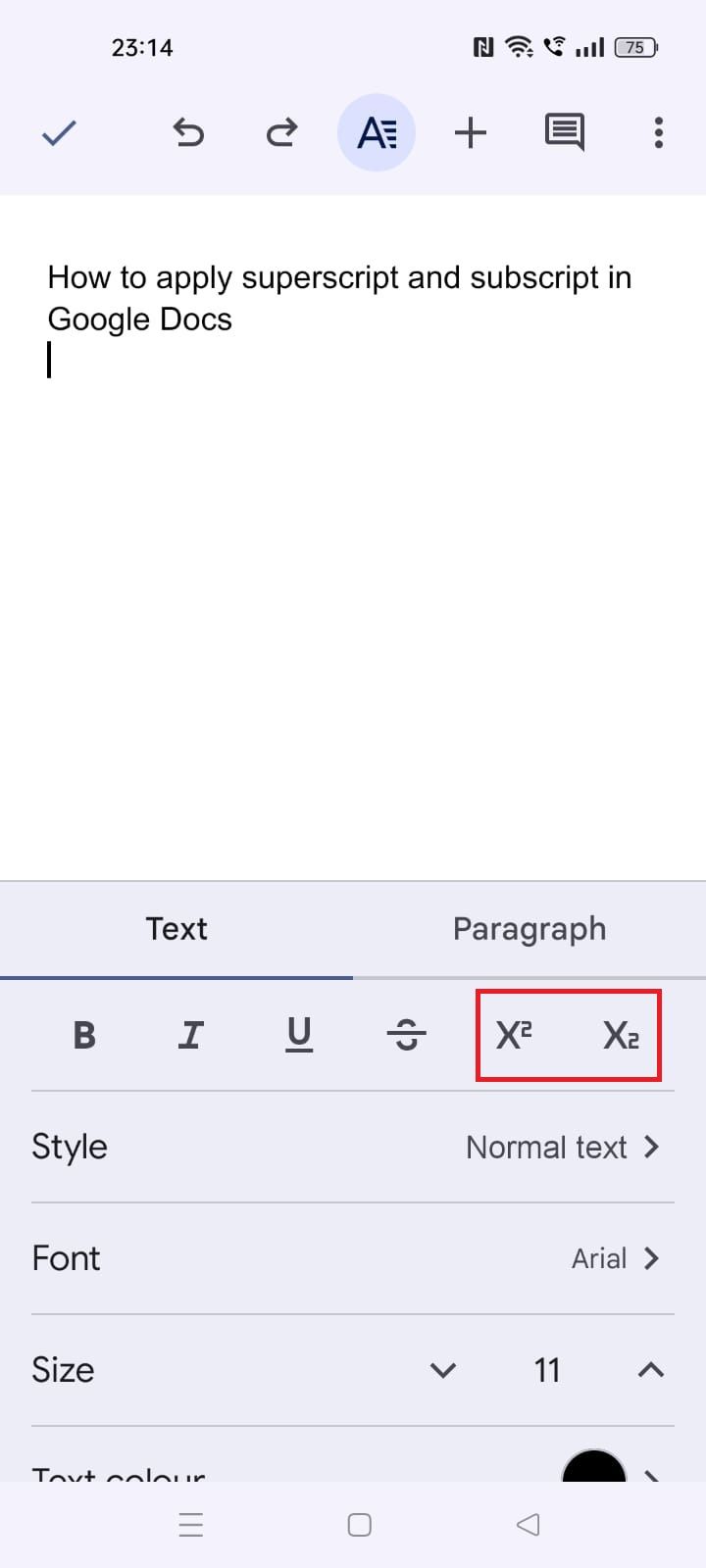
Like on the browser, you can change the format to superscript and subscript before you type or afterward. To change the formatting, place the cursor where you want to input the formatted text, then follow the procedure above. Select the Format button to return to normal.
Equations on mobile are a mixed bag. You can't insert an equation via the mobile app. However, you can edit superscript and subscript values in an existing equation. You can't add formatted values to existing equations via mobile.
If you don't want to jump through hoops, Unicode has a set of superscript and subscript numbers (and a limited set of letters and symbols) you can copy and paste into your document. Why would you use Unicode in place of Google Docs' formatting?
When Docs changes the text to superscript or subscript, it modifies the appearance of the text, not the text itself. For example, in Unicode, "2" and "²" are two different characters. If you tell Docs to change a "2" to superscript, it adds a hidden note telling the browser to change its appearance. If you copy and paste a document containing formatted superscript to another program, it might not keep the formatting. Unicode is consistent across word processors and CMS systems.
Working with Unicode can be cumbersome. If the character you want isn't on the keyboard, tracking it down can be tedious. If you use special characters regularly, add-ons like Fast Keyboard make finding and using these characters easier.
When will I need to use superscripts and subscripts?
Academic and scientific writing use superscripts and subscripts. Sequential numbers or letters in superscript often indicate references and footnotes. In formal writing, it's common to spell an ordinal (first, second, third). In informal writing, it's common to use shorthand (1st, 2nd, 3rd), and often the letter part of these mixed ordinals is rendered in superscript (1ˢᵗ, 2ⁿᵈ, 3ʳᵈ). Superscripts are also common in higher mathematics to express exponentiation (for example, E = mc² or a² + b² = c²).
Subscripts tend to be a bit more niche but have uses. You'll commonly see them in chemical formulas like H₂0 or CO₂. Subscripts aren't used much beyond chemistry. They pop up in physics, such as the symbols for subatomic particles (vₑ is an electron, for instance), and are used to denote the order in a sequence as in the Fibonacci Sequence (Fₙ = Fₙ₋₁ + Fₙ₋₂).
Look beyond Google Docs for complex tasks
Google Docs is a solid app for basic word-processing tasks. But it might not be the best option if you regularly work on complex documents. Mobile users can only access basic features. If you want a mobile-friendly word processor, explore a few alternatives for Docs and check which one is best for you.


